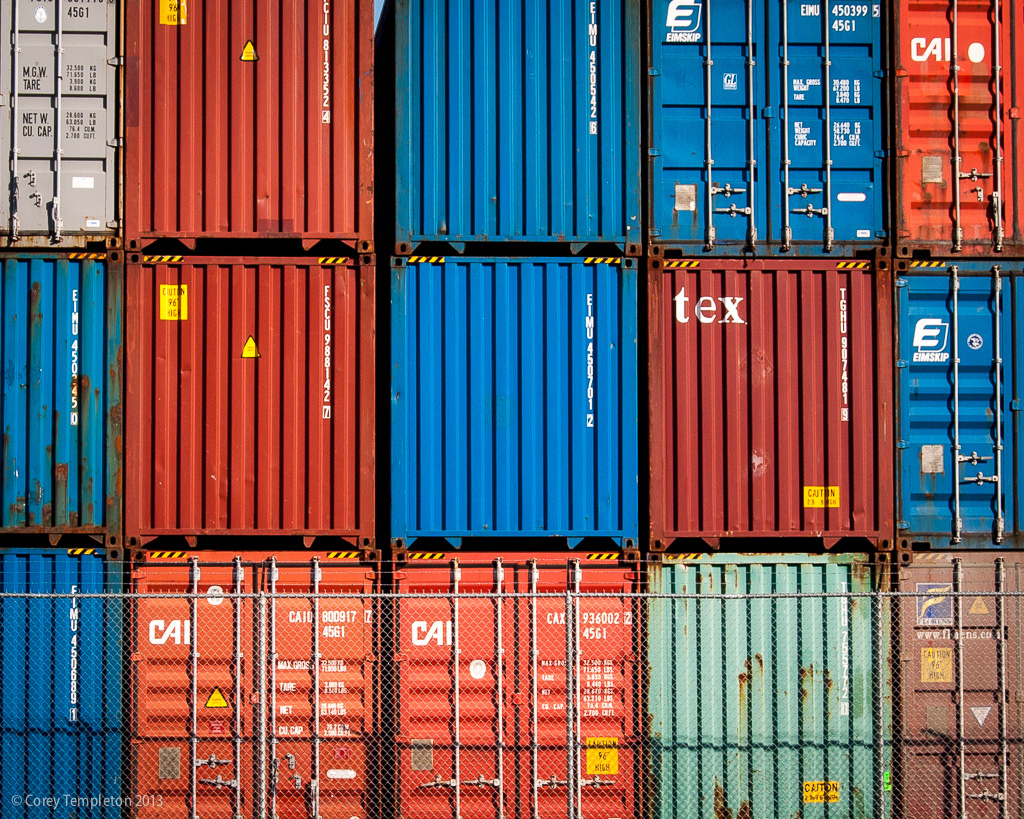Secretary Of Labor Hopes To End West Coast Ports Gridlock Image courtesy of Corey Templeton
The two sides don’t even agree on the reason for the slowdown: either it’s a deliberate tactic on the part of port workers, or changes in the system have caused difficulties in unloading all the cargo. Everyone agrees that there are ships waiting at the 29 ports along the Pacific coast, and they aren’t being unloaded during normal workdays.
Containers on a ship waiting to unload in Long Beach can affect people nationwide: everyone from retailers to factories depend on the smooth flow of cargo containers around the world. While some automakers have started to transport parts by air cargo, Honda says that it will start to slow down production at its factories in the United States and Canada.
“We are entering another period of fundamental supply chain re-evaluation that is already leading some shippers to permanently abandon the West Coast,” one expert on international trade by sea told Reuters. That information is helpful to shipping lines, since the threat that work at the ports could dry up entirely is a useful negotiating tool. Shipping rates are going up in general because of the dispute, and when the companies shipping merchandise across the Pacific need to reroute those ships to ports on the Atlantic coast, that’s more expensive and inefficient.
The Secretary of Labor, Tom Perez, hopes to help the two sides negotiate and come to an agreement so the stuff can continue flowing.
Asian supply lines hit by West Coast ports dispute [Reuters]
Want more consumer news? Visit our parent organization, Consumer Reports, for the latest on scams, recalls, and other consumer issues.


